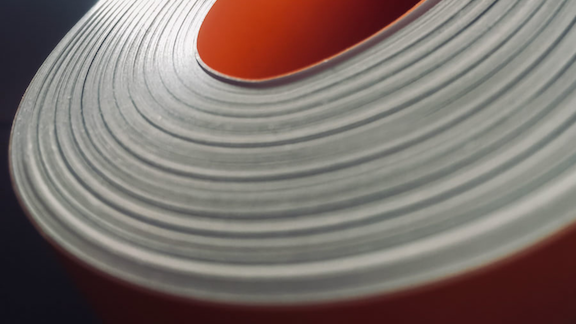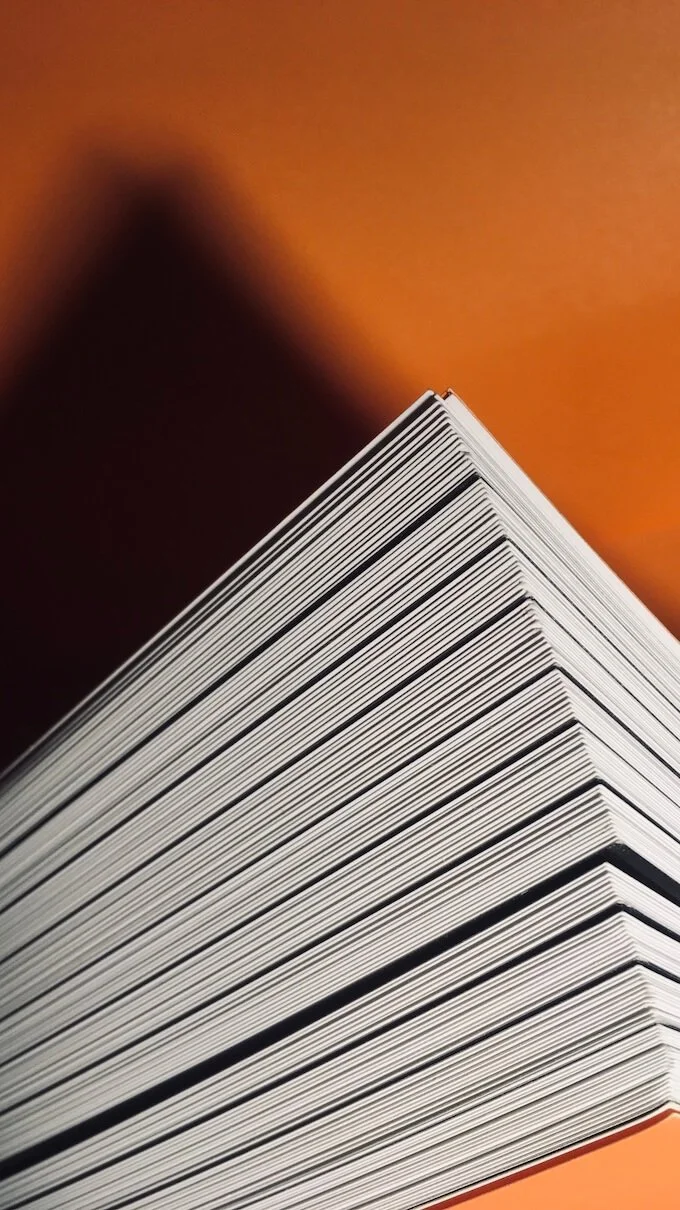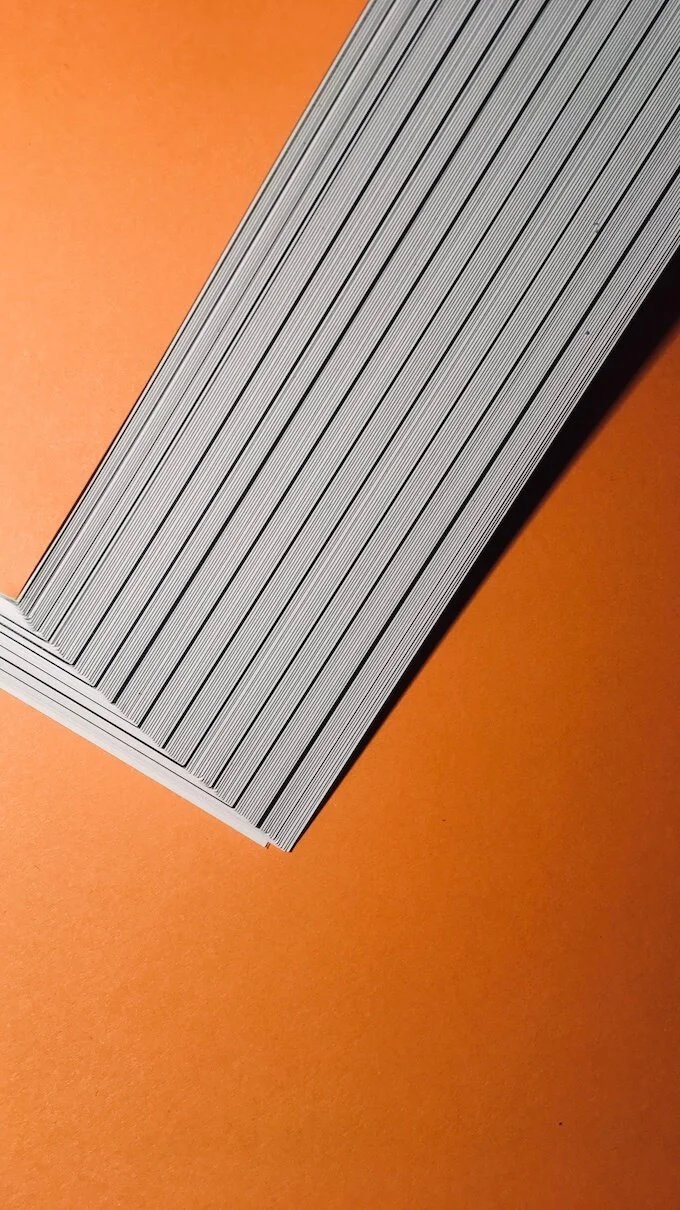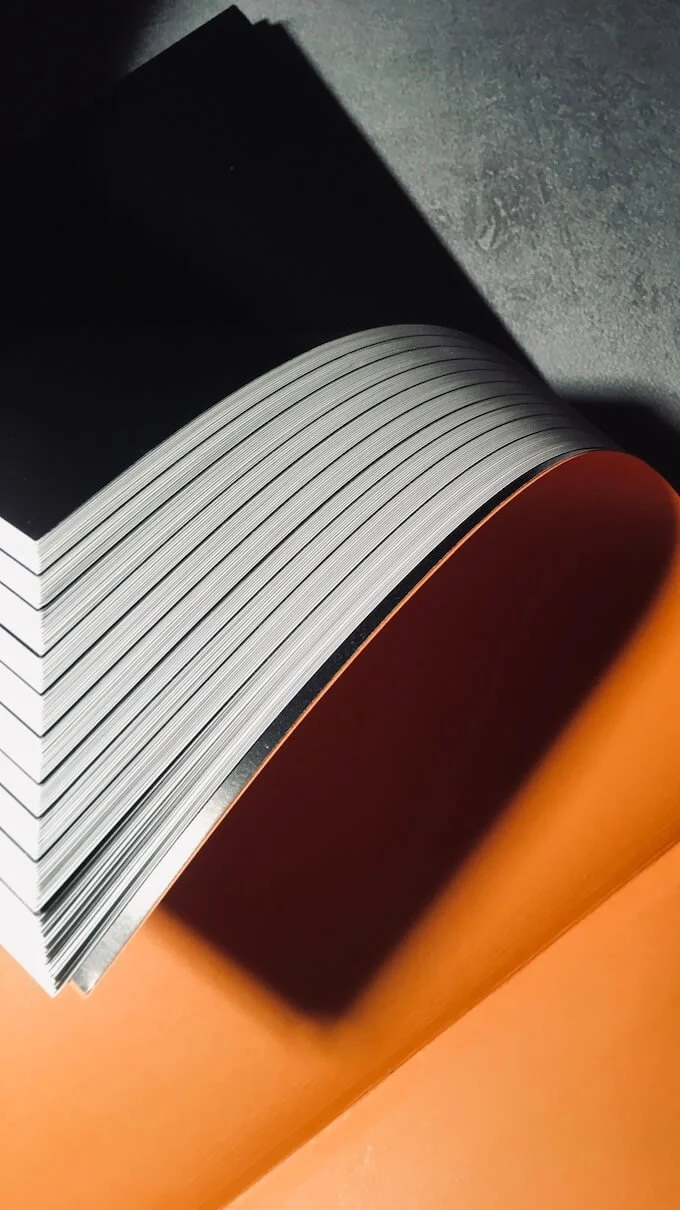How to Take Better Smartphone Photos: Start with This Simple Trick
Back in my ad agency days as a creative, one of the first rituals of working on a new project was something we called 'Put It in a Drawer'.
You basically let it all out. Every raw, unfiltered idea, even the ones that feel too obvious or too easy. Get it out of your head, write it down, and then hide it. Don't get attached. It's a fun exercise to warm up the brain and start the creative engine.
Some of these early ideas are really great. But we'd deliberately put them aside to keep the momentum going. We'd open that drawer later, when the brainstorming sessions are over and you're ready to curate a shortlist.
Creative smartphone photography works the same way.
Most people pick up their phone and expect the first few shots to be magical. They won't be. You have to warm up first.
That's where ✨scanning✨ comes in. It's a method I teach in my online and offline workshops, and it works like a charm.
Imagine that your eye is a scanner. Look around you and consciously focus on something specific (←that's the keyword). It can be a color, a texture, a detail, a shape. Don't overthink it (I know, this is the hardest part!). And then just take a random photo of whatever catches your eye. Then don't even look at it. Take another. And another. Keep going until you have seven to ten shots, which is the sweet spot for warming up.
To give you an example, let’s say you scan a random book. You may focus on a cover, its color, pages, shape. You might even want to explore changing its shape by squeezing it and having a bite if that something edible (don’t eat books though, they are not necessarily delicious).
At this point, one of three things usually happens:
a) You've stumbled upon something unexpectedly interesting and want to explore it further. Then go deeper, because better shots will be coming your way soon.
b) You haven't found much yet, but you're curious enough to try a new route. In this case, choose a completely different angle or even change the subject.
c) Occasionally you'll feel done with the exercise, which is perfectly fine. Maybe you just need a break.
Overall, it's a low-pressure way to get started with creative smartphone photography, and sometimes that's all you need to find something worth chasing.
Give it a try if you often feel stuck in the beginning, waiting for that "perfect" shot to come along.




